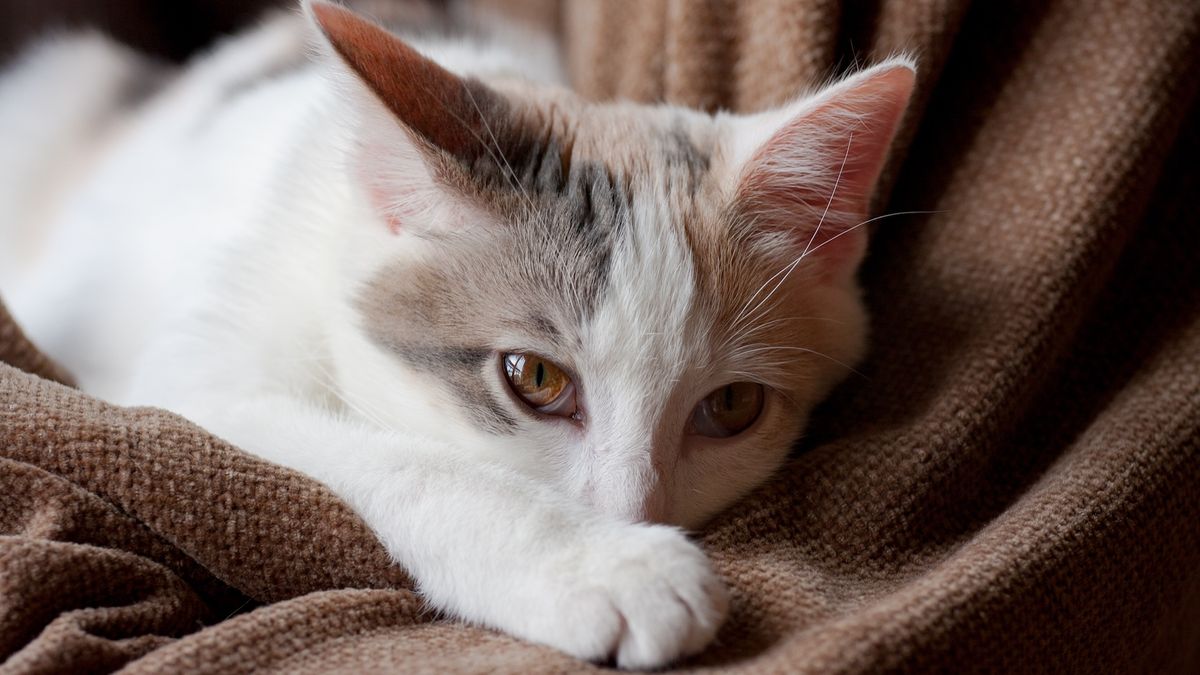Editor’s note: This is a developing story. Live Science is in contact with the CDC and will update it when they respond.
Two “exclusively indoor” cats from two separate households in Michigan caught H5N1 bird flu and ultimately died, according to a new report. The cases raise the possibility that people in the cats’ households passed the virus on to their pets, but a lack of data somewhat muddies the picture.
The cases are described in a new Morbidity and Mortality Weekly Report (MMWR) published Thursday (Feb. 20). Several authors on the paper are scientists affiliated with the Centers for Disease Control and Prevention (CDC), while the rest are associated with Michigan health and agricultural agencies or universities.
H5N1 has long been known to sicken both wild and domestic cats, and it can cause serious symptoms in the animals, including neurological problems, and lead to death. Since May 2022, the U.S. Department of Agriculture has recorded dozens of H5N1 infections in wild and domestic felines across the country. There have also been recent reports of pet cats catching bird flu from contaminated raw pet food products.
Related: ‘Increased evidence that we should be alert’: H5N1 bird flu is adapting to mammals in ‘new ways’
In the first of the two recent cat cases, a household with three indoor cats saw one of its felines get sick in May 2024. That cat, a 5-year-old female, initially started showing a lack of appetite, as well as lethargy and disorientation. The cat was brought to a local vet and then the Michigan State University (MSU) Veterinary Medical Center, which has advanced treatments available. But due to “rapid disease progression,” the cat was euthanized.
Bird flu had been reported on some Michigan dairy farms by that time, and the cat’s owner worked on a dairy farm, although not directly with the animals. The sick cat’s body was submitted for further testing after euthanization, and swabs from the cat’s brain and nose came back positive for H5N1. The virus samples from the cat matched the viruses circulating in local cattle.
This discovery prompted a broader investigation, in which officials found that another indoor cat in the household developed potential bird flu symptoms after the first cat did. These symptoms included decreased appetite and watery eye discharge, but the cat ultimately recovered without specific treatment. No specimens from the second cat were tested for H5N1, but the timing of illness may point to possible transmission.
Although the dairy worker declined to be tested for bird flu, they did report experiencing vomiting and diarrhea a day before the first cat got sick. The three other members of the worker’s household tested negative for influenza A, the broad group of viruses H5N1 belongs to.
Complicating the picture, one person in the household — a teenager who’d had “regular contact” with the sick cat — got sick about six days after the cat did. Their symptoms included cough, sore throat, headache and muscle aches. However, the teen tested negative for flu and instead came back positive on a test that looks for other common viruses, such as common-cold viruses. So while the timing of the teen’s infection could be worrisome, based on these test results, it may be that the individual had a run-of-the-mill respiratory illness.
Around the same time frame in a different Michigan household, a second indoor cat came down with bird flu.
A 6-month-old male, that cat was also an exclusively indoor pet. The owner brought the cat into the MSU clinic after it showed one day of “progressive neurologic deterioration,” facial swelling and stopped eating. The cat died within 24 hours of these symptoms emerging. Nasal swabs from the cat were positive for H5N1.
The cat’s owner, a dairy worker who transported unpasteurized (raw) milk from various farms, declined testing for bird flu. The worker had a “fear of losing employment as a consequence of communicating with public health officials and implicating farms that provided milk,” the MMWR notes. However, the worker did report having notable eye irritation two days before the cat got sick. (Recent H5N1 infections in humans have often involved eye symptoms, namely conjunctivitis.)
The worker also reported having not worn protective equipment when handling raw milk and frequently experiencing “splash exposures” to the face, eyes and clothing while working. The cat that got infected and died frequently rolled in the owner’s clothes, whereas a second cat in the household that didn’t get sick did not exhibit that behavior.
“Because neither dairy worker received testing for A(H5), whether cat 1A’s owner’s gastrointestinal symptoms or cat 2A’s owner’s ocular symptoms were because of HPAI A(H5N1) virus infection or a different etiology [cause] is unknown,” the MMWR says.
Notably, a data table included in the new MMWR was actually published earlier in the month, The New York Times reported Feb. 6. This seems to have been accidental, as the table was promptly taken down. (Live Science has asked the CDC to confirm whether this data table is the same one that was taken down, but based on that previous news story, the data appears the same.)
According to the Times report, in early February, the data table had briefly appeared in a report that otherwise focused on air quality and the Los Angeles County wildfires, the Times reported. Prior to the wildfire report’s release, a pause had been placed on external communications from federal health agencies, including the CDC’s MMWR, which had been published every week for decades. At the time, experts expressed concern that the data were potentially being withheld for political purposes.
This article is for informational purposes only and is not meant to offer medical or veterinary advice.
